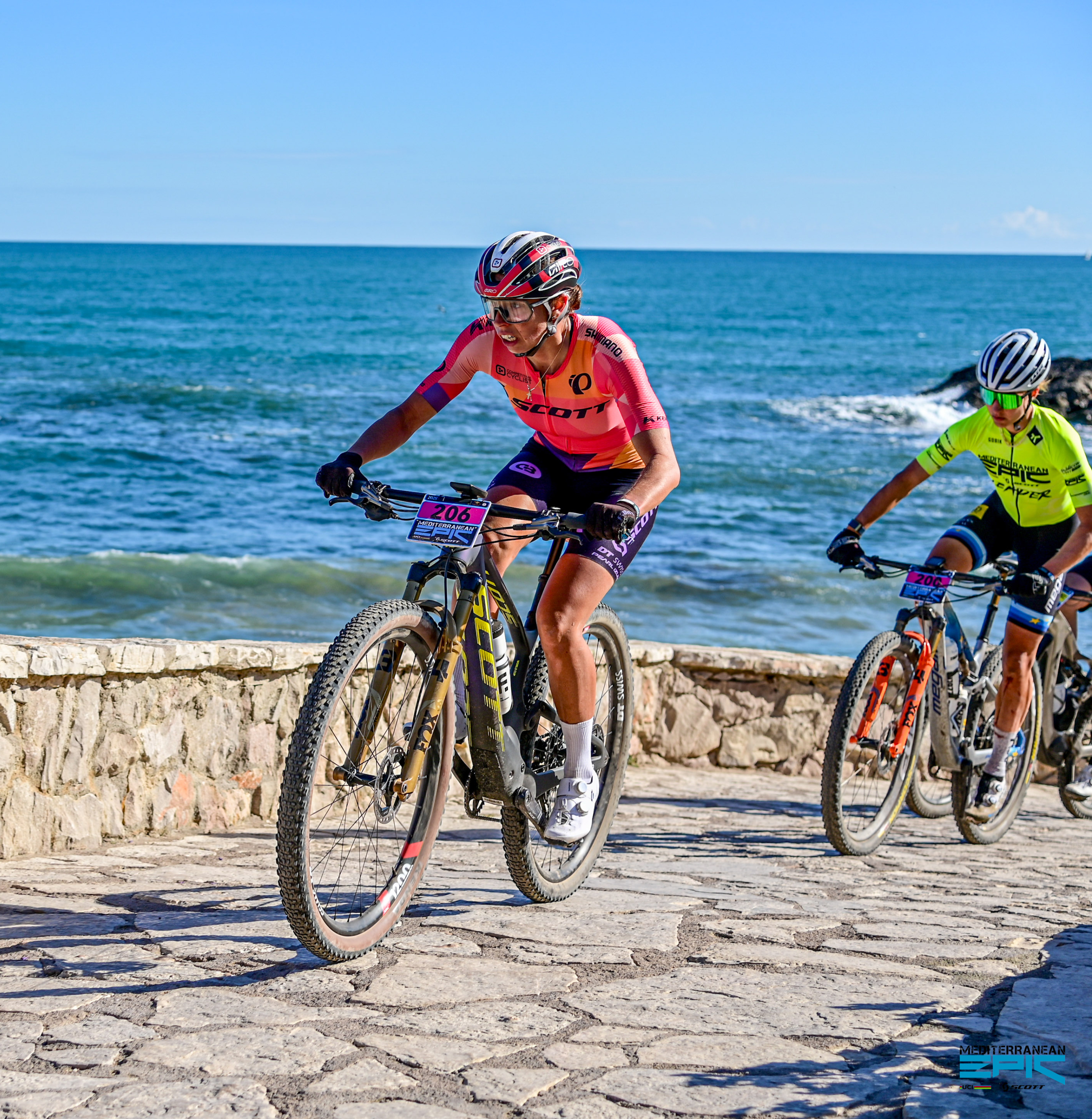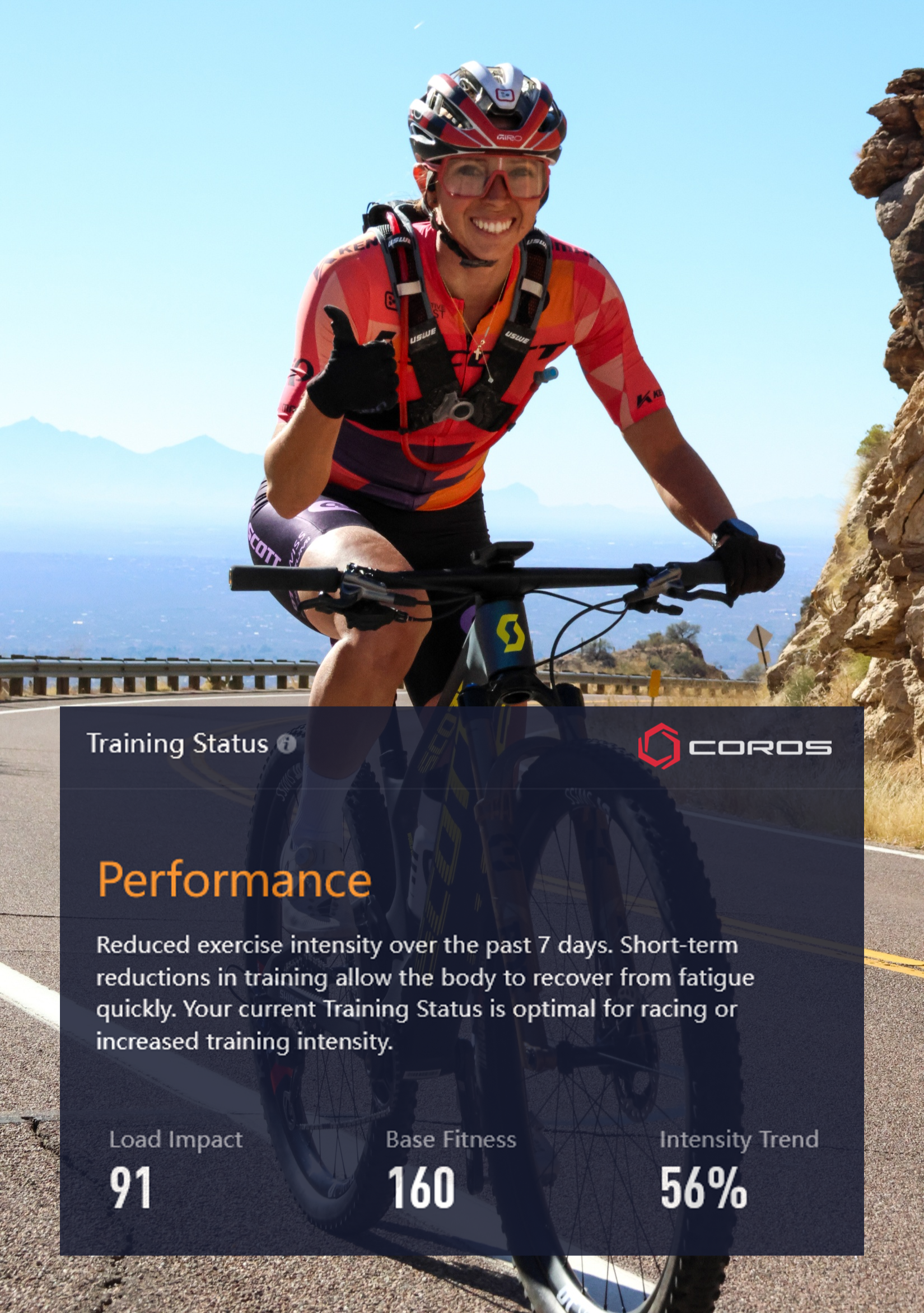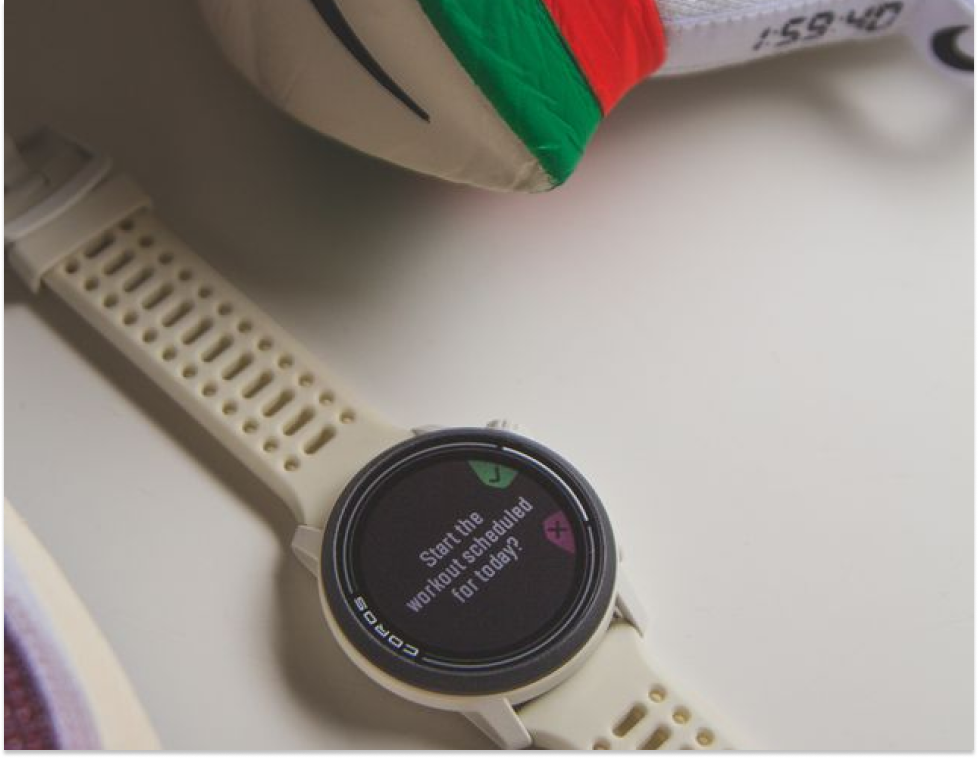I still remember sitting in my college exercise physiology class, taking notes as we discussed designing a performance season. We covered how to classify races into A, B, and C tiers, and how to taper and peak for the most important events. It all made sense on paper, but real-world racing is far more complex.
Today’s competitive landscape feels like a “brave new world.” The traditional model—training all year to peak for a couple of key events—has shifted. Whether due to the constant spotlight of social media or the rising level of competition, athletes are now expected to deliver top performances more often and for longer stretches. Series like the XCO World Cup and the Life Time Grand Prix reward consistency over seven or more months. This reality challenges the textbook season model and requires a more creative approach to planning.
The Textbook Season
Traditionally, a well-structured season includes two “A” races—your highest-priority events—spaced roughly 12 weeks apart. These events are preceded by a taper of 1–2 weeks to reduce fatigue and maximize performance. Leading into each A race, athletes typically schedule a few “B” races—hard efforts with strategic focus but without a full taper. “C” races, meanwhile, function more like workout replacements—no special prep, just race-day experience.
This structure works well in theory. It allows athletes to manage load, maximize performance peaks, and preserve energy across a season. But for many of us now, it’s no longer realistic.
My Season
My 2025 Race Calendar:
- February 6-9: Mediterranean Epic UCI HC MTB Stage Race
- March 1: BWR Scottsdale
- April 10: Sea Otter (Lifetime Grand Prix #1)
- April 25 & 27: Whiskey 50
- May 31: Unbound (Lifetime Grand Prix #2)
- July 14: Marathon MTB National Championship
- August 9: Leadville (Lifetime Grand Prix #3)
- September 6: UCI XCM World Championship
- September 13: Chequamegon (Lifetime Grand Prix #4)
- October 12: Little Sugar MTB Race (Lifetime Grand Prix #5)
- October 18: Big Sugar Gravel Race (Lifetime Grand Prix #6)

Believe it or not, this is a paired-down schedule from my previous years. In 2023, I raced 22 times! I like to call the race calendar “a puzzle” for the modern professional athlete. Given the number of prestigious races—national and world championships, and the six Grand Prix Races—it’s hard to treat any of them as a “B” race. Instead, I think of my calendar in terms of “A” and “A+” events.
The New Normal
There are two big reasons that the A/B/C structure no longer fits:
- The importance of each race.
- The duration and intensity of modern events.
You can’t “train through” a 7-hour gravel race. Doing so risks not only performance but also your long-term health. The modern professional athlete must be near their best all season long, with a couple of highlights that showcase their absolute best.
I achieve this with a rigorous off-season training load that gives me a foundation that will last all season long. That foundation allows me to maintain high fitness even during busy race blocks. Years of accumulated training help too; my body knows how to manage and absorb this kind of stress.
The challenge during race season is balancing fitness and fatigue. Start training too soon after a race, and you carry fatigue into the next one. Wait too long, and you risk a drop in fitness. That’s why I lean on tools like the Training Status in the COROS app. They help me monitor whether I’m in a state of “Performance,” “Maintaining,” or “Optimized.”

One tactic my coach and I use is what we call a “drop-dead taper.” Rather than gradually easing up over 1–2 weeks, we keep the training load higher until just a few days before the race. Then we reduce volume sharply. This approach helps me come into races with strong fitness while still fresh enough to perform, and I have time afterwards to recover before doing it all over again.
Prioritizing Unbound
Of all the events on my calendar, Unbound Gravel stands alone. At 200 miles and over 10 hours of racing, it demands peak physical and mental readiness. It’s not just an “A” race—it’s an “A+”.
You’ll notice a clear buffer in my schedule: no races for a month before or after Unbound. That time allows me to build a massive training block before, and fully recover and rebuild afterward. In 2023, I raced Nationals and a World Cup within a month after Unbound. I performed well, but the lack of recovery caught up to me later in the season.
Finding What Works for You
Every athlete will approach the race season differently. That’s part of what makes this sport exciting. We’re all trying to crack the code—to manage load, recovery, and performance in a way that works for our own physiology and goals.
At the end of the day, that’s what racing is all about: finding out who got the formula right on that day.
Regardless of your training strategy, I hope to see you at Unbound Gravel in Emporia, Kansas at the end of May!
/fit-in/0x18/coros-v2/images/common/logo_black.png)




